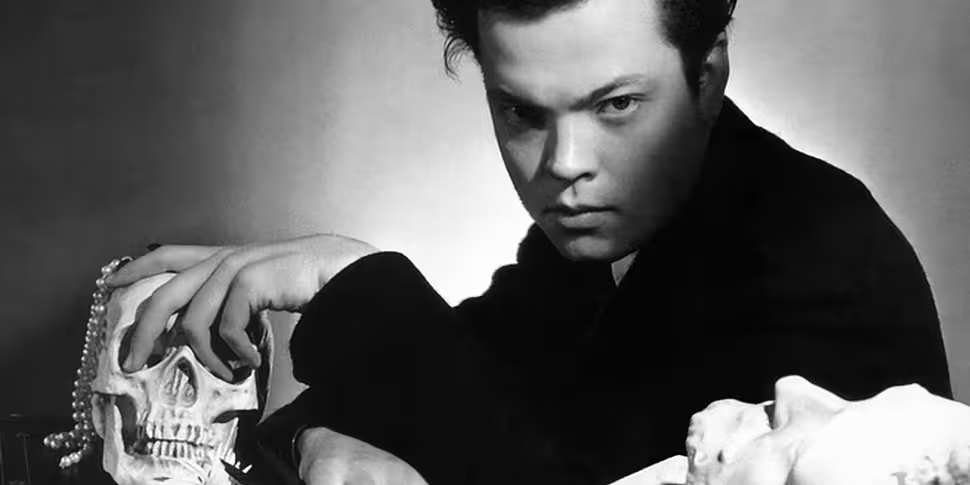Originally thought lost in a fire at Welles’ home, a print of the oddly named Too Much Johnson was found earlier this year in an Italian warehouse. The forty-minute film was produced as a cinematic element of a play Welles was directing, but was never publicly screened due to various financial, legal and technical issues.
The film is the longest cinematic work produced by Welles before Citizen Kane, and only his second short. Although not a completely standalone work (one part of a multimedia experiment), the discovery will be of great interest to cinephiles interested in discovering a master’s early efforts. Currently undergoing restoration, Too Much Johnson will finally ‘premiere’ at an Italian silent film festival in October before being released online.
Welles’ film is the latest important cinematic work to be rediscovered. Due to the low-quality and flammable nature of early film stock, as well as the fact that many studios and even filmmakers didn’t take archiving seriously, many important classics were damaged, destroyed or lost during the first half of the twentieth century. Every so often, however, a print may miraculously turn up.
Found
Clara Bow - known as The It Girl - was one of the early Hollywood superstars, but two of her most beloved films - It and Wings - disappeared for years after their original releases in the 1920s. Copies were eventually found in Prague and Paris, respectively.
The classic science-fiction silent Metropolis was never fully lost, but audiences throughout the twentieth century had to make do with significantly shortened copies after the film was aggressively cut by censors back in 1927. It was only in 2008 that a near-complete version of director Fritz Lang’s vision was discovered in Argentina. Recent releases have restored 99% of the original material, although a handful of scenes are too damaged for restoration.
Carl Theodor Dreyer’s 1928 masterpiece The Passion of Joan of Arc has an even more dramatic backstory. The original negative was destroyed in a fire soon after its premiere. Dreyer returned to the edit room and painstakingly cut together a second version using surviving alternative takes. The finished version of that was also destroyed. Some copies survived, but were nearly impossible to find.
In the 1950s, Joseph-Marie Lo Duca released a version of the film, ‘adapted’ from a copy of Dreyer’s second version. Dreyer himself was extremely displeased with this new edit, but it became the most widely distributed version in the absence of high-quality alternatives. Unfortunately, Dreyer died in 1968 - 13 years before the surprise discovery of a complete version of the original cut in, of all places, an Oslo mental institution. Cinema fans can now enjoy extremely high-quality copies of what is very frequently called one of the greatest films of all time.
These are just some of the best-known examples of once lost films belatedly found, but prove we’re extremely lucky many of these masterpieces have been rediscovered (and, thanks to digital technology, properly restored). Films from the likes of Buster Keaton and Laurel & Hardy have also turned up. It’s not just early cinema either - the original extended version of 1997’s sci-fi horror Event Horizon was thought lost until a producer found it on VHS last year.
Lost
While we undoubtedly have cause to celebrate the discovery of these films, many others are likely to remain lost, leaving regrettable gaps in cinema history. Acclaimed Japanese director Sadao Yamanaka, for example, made 26 films before his death in World War II. A mere three films from his vast filmography survive.
The complete version of Josef von Sternberg’s Greed is often called the ‘Holy Grail’ for film historians. Once weighing in at almost eight hours (or even longer according to some reports), the surviving version - which includes stills and photos to fill in narrative gaps - is around half that length. Even in truncated from its considered one of the most important films ever made, but it’s unlikely modern audiences will ever see Greed's epic full scope.
Still, for today at least we should be thankful that our knowledge of Orson Welles’ remarkable career has grown that bit more complete.









